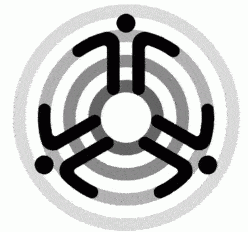Received a question “how does e-mail get from one place to another”.
E-mail starts off as text in a computer or other networked electronic device (phone, tablet, etc.) It is then sent through a mail server through the network to the recipient’s network and mail server. There it is put into the user’s e-mail box, ready to be read.
Like regular postal mail, the mail server (think – “post office”) can be the same for sender and recipient. If so, then no network needed. This is the most secure way to send email without using secret codes (what computer people call “encryption”.)
Sometimes, the computer, tablet, phone, etc. is its own mail server. It will connect directly to the recipient’s mail server and send the message that way. This method is usually rejected by the recipient’s mail server, since it can’t prove that the non-server is who it says it is.
At every hop along the trip, e-mails collect information about where it has passed – what we call “header information”. With headers and mail server logs, you can prove if an email is legitimate or not, since it will have details about every server and / or stop it made along the way. The headers are usually not shown to the average user, but are available on every email sent.
Note that the sender can partially fake these details, pretending that the email was sent from a different account (common practice for spammers, spreading viruses or spyware or phishing attempt for you to click on a malicious link) .
For an example of email headers, see http://www.emailaddressmanager.com/tips/headers.html
The above is a simplified explanation. Other articles which describes how emails work in a little more detail
- http://www.niso.org/khelp/kmlm/user_help/html/how_email_works.html
- http://www.howtogeek.com/56002/htg-explains-how-does-email-work/
Again, comments, suggestions for updating this post are welcomed.

